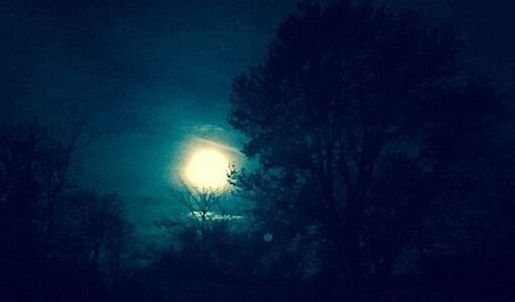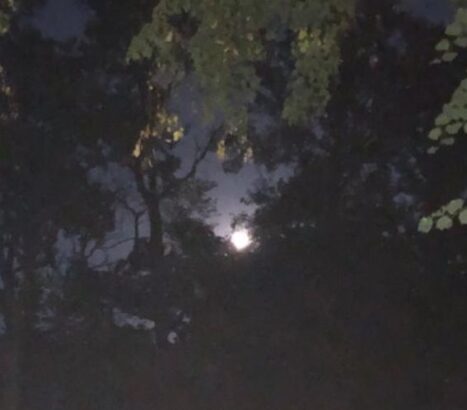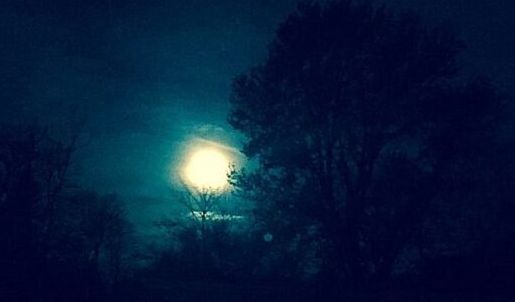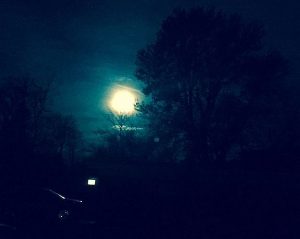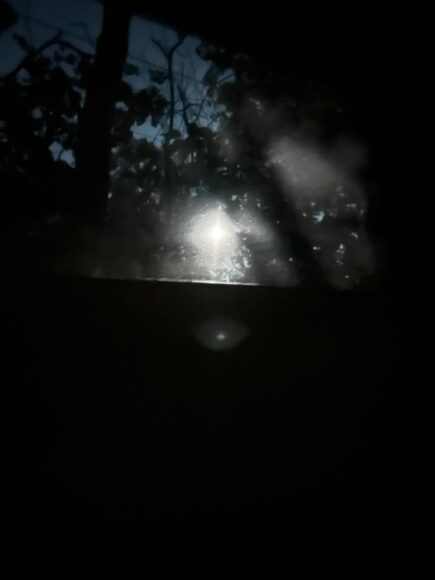
Some sky sites say September’s full moon appears on the 28th of the month. Others say look for it on the 29th. They are both right. The crest of the full moon is 4:57 a.m. CDT on Sept. 29. But you will see the full moon which is another of this year’s supermoons, at sunset on Sept. 28. I like EarthSky for this information.
Followers of Travel Smart know that full moons have different names. Some relate to the season’s weather or crops while others connect to Native American, Celtic and other cultures.
Not surprisingly, September 2023 is the Harvest Moon because it is the full moon closest to the fall equinox, Sept. 23. It is also called the corn moon.
Unless the weather interfers, it will be easy to see. Its larger than usual size and brightness has to do with its closeness to earth and not anything extra.
If you like finding planets in relations to the moon, look for Saturn an hour earlier. It will be moving through the sky ahead of the full moon. Jupiter will be tagging along after the moon.
Another good sky site to find more information is Time and Date.

